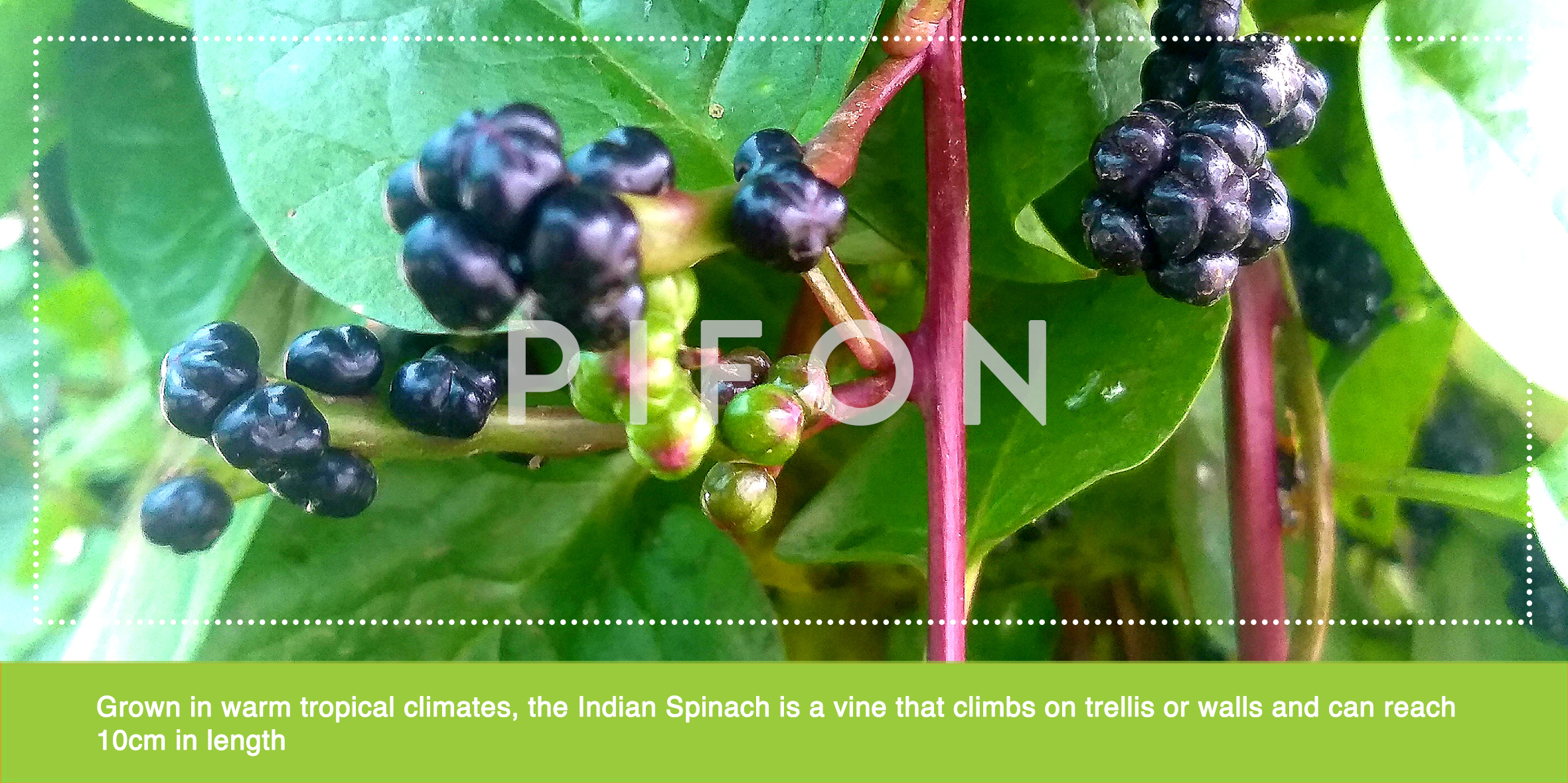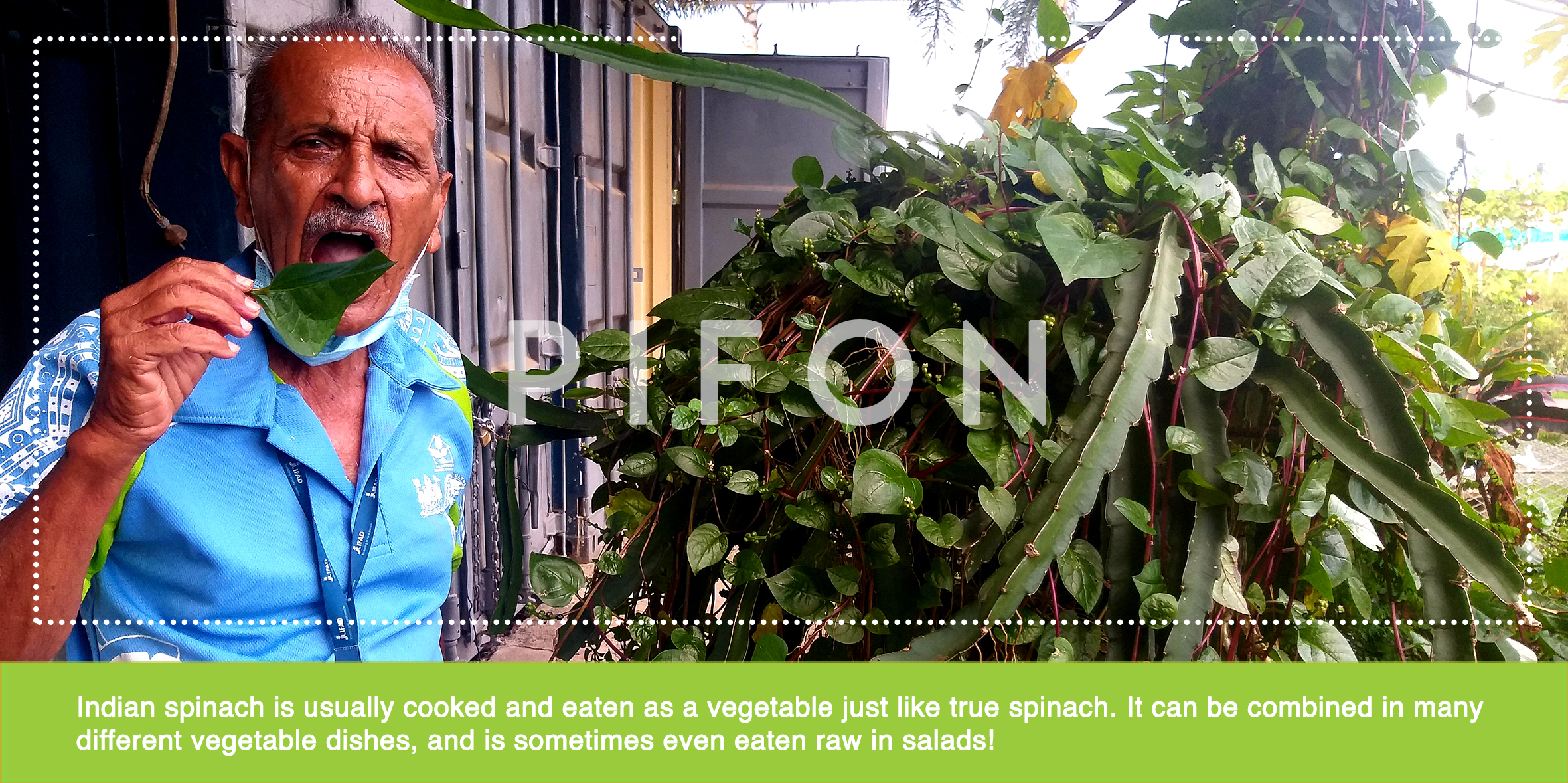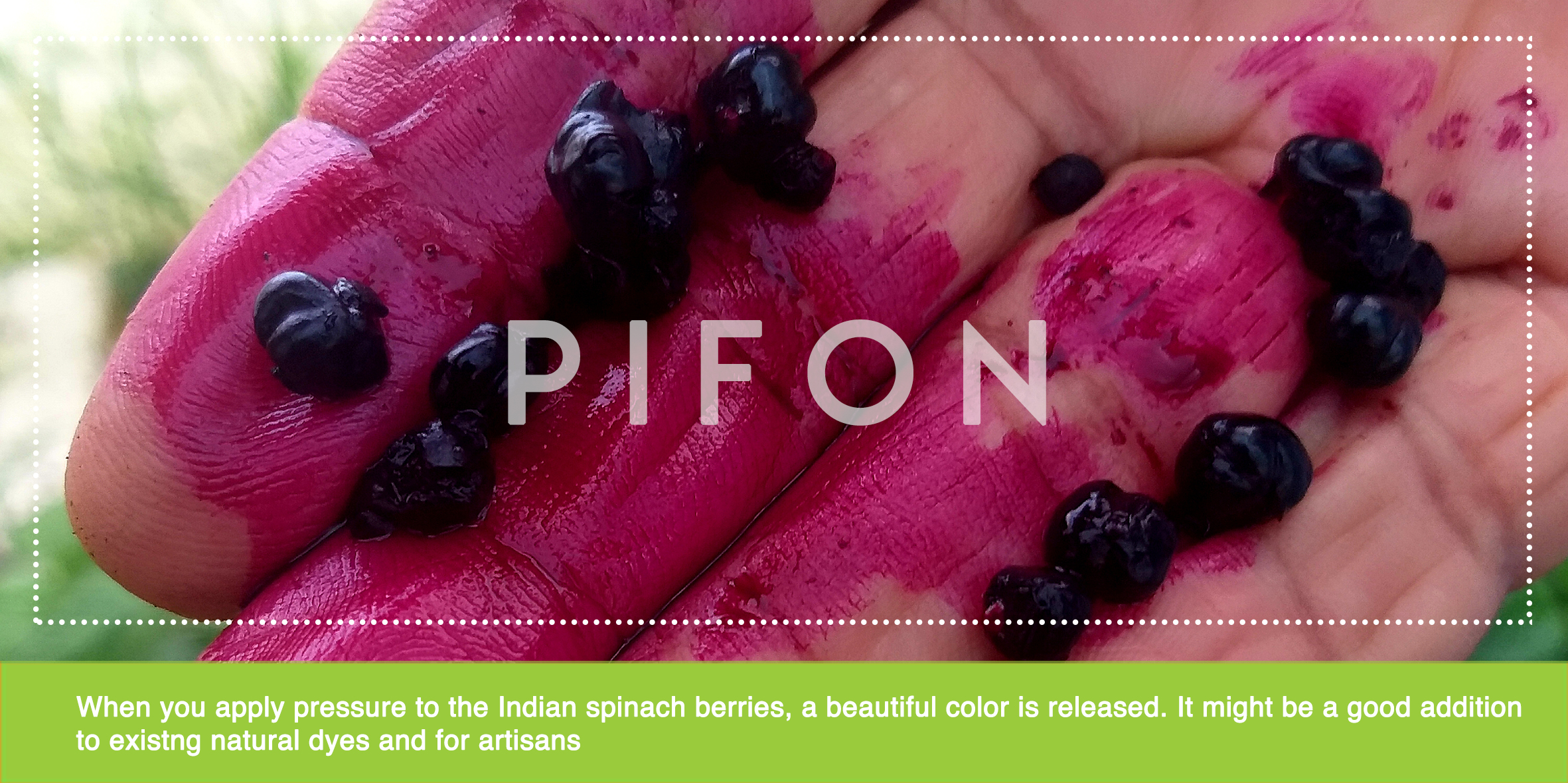b l o g
s e p t e m b e r 2 0 2 1

With Sant Kumar, Owner & Managing Director of Bula Agro
Indian spinach originates from Asia but is now grown in most tropical regions.
Indian spinach is a leaf vegetable. It is usually cooked (like true spinach) but can also be used raw in salads as well as smoothies.
When cooked, Indian spinach looks and tastes similar to true spinach (Spinacia oleracea), which is probably why it got this name. But actually it belongs to a different plant family.
Names
Basella alba

Taxonomy
Genus
Basella
Family
Basellaceae
Order
Caryophyllales

Basic information and facts
Origin
Indian spinach has its origin in Asia.
Distribution
Distributed in most tropical regions.
Annual, biennial, or perennial
Indian spinach is a perennial plant, but in cooler areas it can be grown as an annual during the warmer part of the year.
Leaves and stems
Indian spinach is a soft-stemmed vine. The green leaves are thick and semi-succulent. The stalks are green or yellowish, but in some cultivars they can be purple or reddish in color.
Climate and weather
Indian spinach grows in warm tropical climates.
Height
Indian spinach is a vine that climbs on trellis or walls and can reach 10 meter in length.
Type of soil
Prefers a humus-rich, sandy loam soil.
Light
Indian spinach grows in full sunlight.
Growth rate
Indian spinach is a very fast growing vine.
Spacing (close range)
30 cm
Propagation
The Indian spinach is usually grown from seed, either direct sowing or transplanted. Seeds are saved by drying the entire fruits which are planted the next year. It can also be grown from stem or tip cuttings.
Insect pests
No serious insect pests.
Diseases
Cercospora leaf spot
Harvesting
Pick leaves and stem tips.

If you are interested to explore natural dyes, visit edible for more information.
Did you know that?
- (1) Indian spinach is not true spinach; it belongs to a different family of plants.
- (2) Indian spinach is rich in vitamins A and C, iron and calcium.
This is an important nutrient for women and children who have iron deficiency, particularly in Fiji where this has been reported.
If you have the time please visit World Crops Database, a good resource I like to use for gathering knowledge on fruits, vegetables, cereals and other agricultural crops from around the world.
